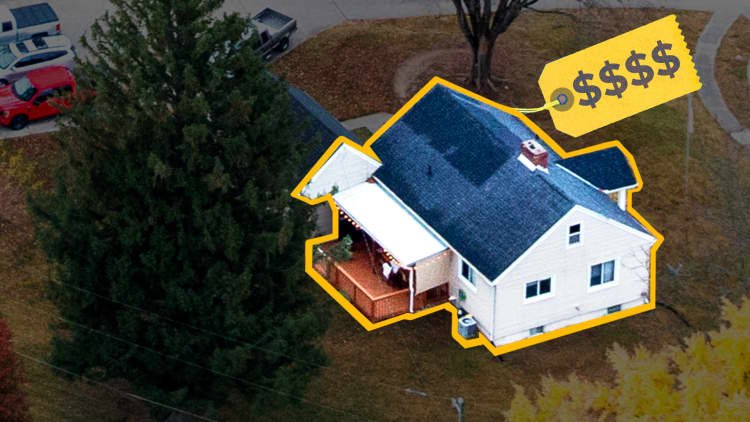Senate Advances Housing Bill Aiming to Improve Affordability
A significant development occurred recently as a Senate committee set its sights on enhancing the American housing market. The Senate Committee on Banking, Housing, and Urban Affairs recently voted unanimously to push forward the Renewing Opportunity in the American Dream to Housing Act of 2025. This pivotal legislation seeks to increase the availability of affordable housing across the United States.
Understanding the ROAD to Housing Act
The ROAD to Housing Act of 2025 is designed to bolster the nation’s housing supply and enhance affordability. It addresses critical issues such as homelessness, access to homeownership, and the overall efficiency of federal housing regulations and programs. The current housing market has become increasingly unaffordable for many citizens, with the median sale price in June hitting a record high of $435,000, according to the National Association of Realtors.
Interest rates remain elevated, causing sellers to hesitate in listing their properties and potential buyers to delay making purchases. "Many households are not forming because they cannot afford to own or even rent," notes Mark Zandi, Chief Economist at Moody’s Analytics. A disturbing statistic shows that in 2023, approximately half of American renters—around 22.6 million tenants—were considered "cost burdened," meaning they spent over 30% of their income on rent and utilities.
Provisions and Impacts of the Bill
Supporters of the bill, including industry groups and local officials, acknowledge its potential benefits but warn that it is "not a cure-all." Alys Cohen, Director of Federal Housing Advocacy at the National Consumer Law Center, emphasizes that many provisions focus on simplifying the housing development process for local governments. While these changes could ultimately lead to increased housing supply and lower prices, some elements directly influence individuals and communities.
Zandi describes the ROAD to Housing Act as "a potpourri of different efforts" aimed at expanding housing availability. One notable provision simplifies the construction process for manufactured homes by removing the federal requirement for a permanent chassis. This change could lead to an uptick in affordable housing options, particularly in the South, where housing shortages are most pronounced.
Positive Changes for Homeowners
The legislation also proposes several measures that could directly assist individuals and families. One such change permanently authorizes the Community Development Block Grant Disaster Recovery (CDBG-DR) program. This essential program allocates resources for states, tribes, and communities to rebuild housing following natural disasters. Currently, funding for CDBG-DR must be reauthorized by Congress, which can create delays in recovery efforts.
Cohen identifies this program as a significant achievement within the legislation, highlighting its potential to support communities in need during crises.
Additionally, another provision aimed at aiding low-income and rural homeowners with USDA direct loan mortgages seeks to provide financial relief. Currently, these homeowners do not have the option to extend their loan term for payment reduction. The new bill intends to rectify this issue, offering much-needed relief to struggling homeowners.
Evaluating the Bill’s Overall Impact
While the ROAD to Housing Act includes several transformative measures, questions remain about its overall efficacy in addressing the housing crisis. Alys Cohen warns that it is still unclear whether the bill will adequately serve those most in need, including underserved communities and households of color.
In summary, the recent Senate committee’s approval of the Renewing Opportunity in the American Dream to Housing Act marks an important attempt to reshape the American housing landscape. With a mix of provisions intended to improve affordability and increase housing supply, the bill sets out to tackle some of the pressing issues facing renters and homeowners today.
